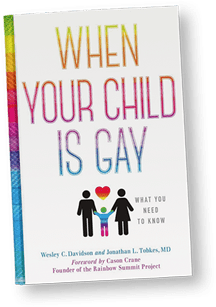O.K. you’ve mastered the basics: you know what non-binary means. It means a person who doesn’t identify with being defined as male or female. You know that sex is assigned at birth, but it also can refer to the sex act, short for sexual intercourse.
That said, what is gender? It’s social, a personal expression. It’s how one identifies.
I’m sure you’ve read about sexual orientation. It’s who you are attracted to. But that definition is different from romantic orientation that specifically deals with romantic interest or with whom you might fall in love.
As more of the younger generation comes out as sexually or gender fluid, you know that that their gender could change over time.
Pronouns
Pronouns are complicated. It used to be that to be grammatically correct, you had to match the subject with the right verb. For example, Polly went to the store to buy milk. She returned home afterwards. However, today, if Polly identifies with both male and female genders, the sentence would read: Polly went to the store to buy milk. They returned home afterwards.
It’s best to ask people what their pronouns are if they are non-binary or not relating to the sex assigned at birth (cis-gender). Queer used to be a derogatory term, but now has taken on a more positive vibe, especially with politics.
As a parent, it’s hard to keep up with all the terms and their nuances, but you want to be able to converse with your LGBTQ+ child. Chances are your LGBTQ+ child would know more than you; let them educate you!
100 and Counting!
Cosmopolitan states in an article on its website that there are already over 100 terms. Here is a link to that article, a cheat sheet that goes from A to Q.

When Your Child Is Gay: What You Need To Know
For more detailed advice, see book, co-authored with a mother of a gay son and a psychiatrist, Jonathan L. Tobkes, M.D.